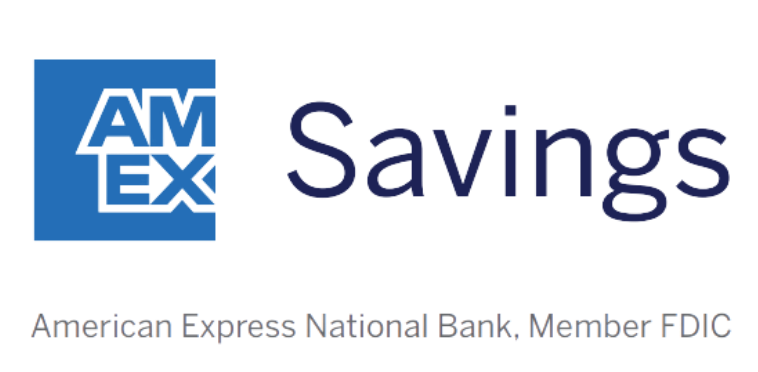With online applications and mobile banking apps, opening a new bank account is easier than ever. I’ve opened a new bank account in less than 15 minutes (and while wearing pajamas, ain’t technology amazing?).
Even better, though, is that those 15 minutes had very little opportunity cost. Every time I’ve opened a new bank account, it’s because the time investment would pay off — literally.
Here are a few ways I’ve been paid for opening a new bank account.
New account bonuses can be worth $300 or more
Long gone are the days when the banks hand out small appliances with new accounts. Now, they tend to stick with cash.
Our Picks for the Best High-Yield Savings Accounts of 2024
|
Capital One 360 Performance Savings 
APY 4.25%
|
APY 4.25%
|
Min. to earn $0 |
|
Discover® Online Savings 
|
Min. to earn $0 |
|
|
American Express® High Yield Savings 
APY 4.25%
|
APY 4.25%
|
Min. to earn $0 |
You can find new account bonuses for checking accounts and savings accounts (and credit card and investment accounts — pretty much anything, really). Most new account bonuses will require you to meet some qualifications, such as receiving direct deposits or meeting a minimum balance requirement for a set amount of time.
Amounts vary quite a bit, but they’re typically between $100 and $500. You’ll get the largest bonuses if you have a lot (read: five or six figures) of money to move around.
An APY boost can lead to significant returns
Even if you don’t get a bonus for signing up, a new bank account could be quite profitable if it includes a significant boost to your interest rate. And if you have a savings account at a brick-and-mortar bank, chances are good your APY has a lot of room for improvement.
The average APY for a checking account is a measly 0.08%. Sadly, savings accounts aren’t faring that much better, with a national average of just 0.46%.
On the other end of the spectrum, the best high-yield savings accounts are paying out at least 4% APY right now, with the most competitive accounts offering over 5% APY.
To show you what a stark difference this makes, here’s what you could earn on $10,000 in one year in an “average” vs. high-yield account:
| APY | 0.08% | 0.46% | 4.00% | 5.00% |
|---|---|---|---|---|
| End balance | $10,008.00 | $10,046.10 | $10,407.42 | $10,511.62 |
| Total interest | $8.00 | $46.10 | $407.42 | $511.62 |
Data source: Author’s calculations.
Don’t underestimate the value of lower fees
If your current bank account charges you a monthly maintenance or account fee, then that alone could be enough financial incentive to change banks. It’s easy to find competitive checking and savings accounts without any monthly fees, so you aren’t stuck!
Even a small monthly fee can add up to a big annual cost:
| Monthly Fee | Annual Cost |
|---|---|
| $5 | $60 |
| $7 | $84 |
| $10 | $120 |
| $15 | $180 |
| $20 | $240 |
| $25 | $300 |
Data source: Author’s calculations.
Let’s say, at worst, it takes you an hour to open a new bank account and update everything else that goes with such a switch. If you’re now saving $5 a month (or more) in bank fees, that means you effectively just paid yourself (at least) $60 for an hour’s worth of work.
Unless you make more than $60 an hour, that’s an excellent return for your time. Even better, you’ve saved yourself that money for years to come, too. That’s now a long-term investment.
A lot of us are stuck with this idea that switching banks is a chore, but opening a new bank account is not only easy and fast, but it can also pay off in a variety of ways.
